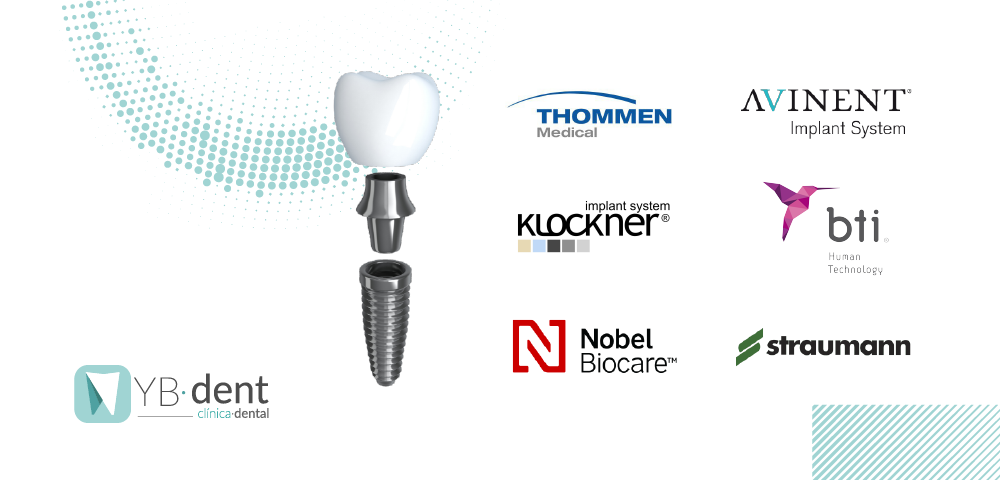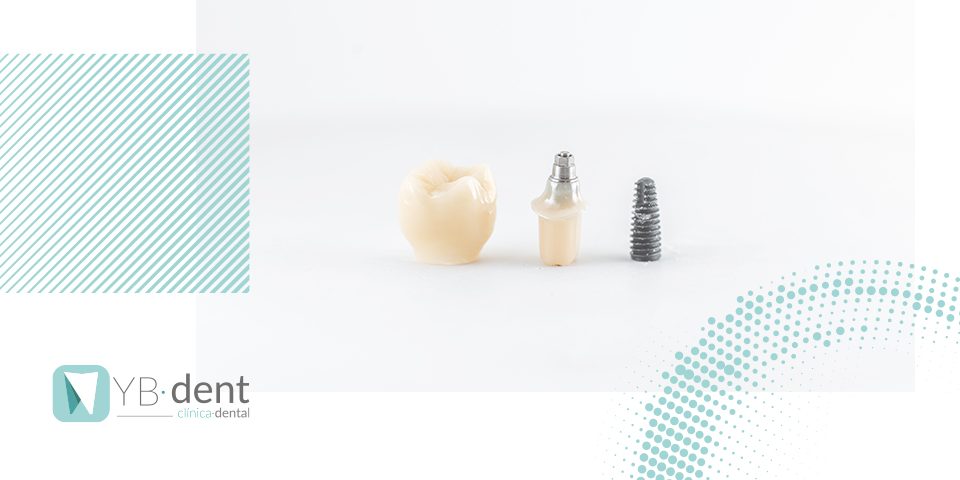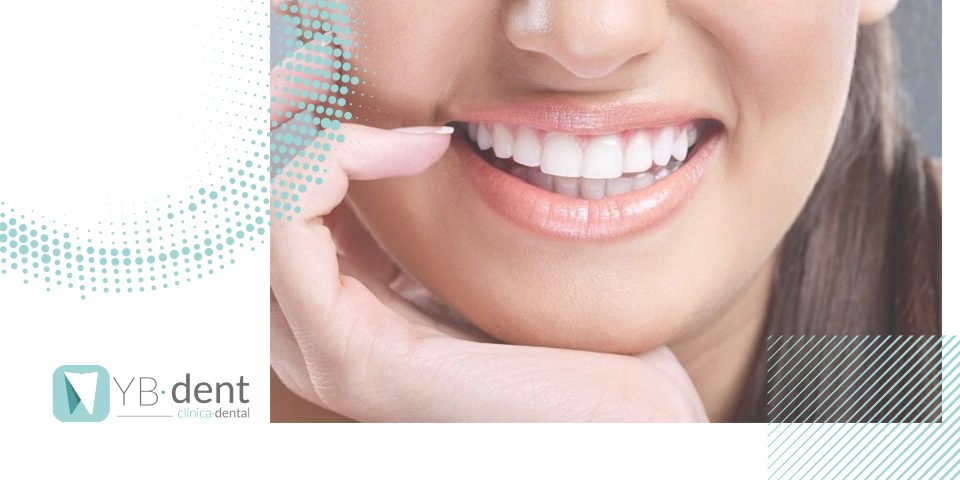La importancia de las marcas en implantes dentales

Anteriormente hablamos acerca de la utilidad que tienen los implantes para solucionar la pérdida dental de manera muy efectiva. Al tener como opción sobre la mesa la colocación de implantes, tendrás muchas dudas al escoger según tus necesidades.
Es por ello, que te explicaremos un poco las distintas marcas de implantes dentales que se encuentran en el mercado haciendo hincapié sobre las que cuentan con una alta reputación. Como podemos ver, existen diferentes aspectos que distinguen un implante de otro, no solo por la empresa que lo ha producido, sino también por sus características físicas como es el caso de los materiales.
¿De qué materiales están hechos los implantes dentales?
Normalmente, la mayoría de implantes están fabricados con una aleación de titanio. Este es un elemento de clasificación química que genera una compatibilidad biológica total con el organismo humano. Lo que significa que no produce ningún tipo de problemas o complicaciones con relación a cualquier tipo de alergia o rechazo por incompatibilidad con el organismo.
Por lo que no puede ser la causa principal de un rechazo a un implante ya que no es posible, realmente cuando ocurre esta situación se debe a que el hueso no ha sido capaz de cicatrizar correctamente.
Aunque en la mayoría de caso se utiliza el material de implante antes mencionado. Existen determinados centros odontológicos que también usan los implantes de zirconio pero su uso no es tan común.
¿Cuáles son las principales marcas y sus características?
En el mercado podemos observar una gran cantidad de fabricantes distintos con mayor o menor reconocimiento debido a su trayectoria y opiniones de los pacientes y expertos.
Es por ello, que hemos realizado una pequeña selección de las que guardan mayor relevancia con respecto a la funcionalidad y sujeción que han presentado. A continuación las presentamos (Cabe destacar que todas las mencionadas presentan una aleación de titanio):
- Avinent: es una fabricadora española de implantes que se adapta a una mayor cantidad de pacientes debido a que ofrece ambos sistemas de fijación (interna y externa).
- Klockner: Es una marca de España que destaca a nivel nacional dentro de su especialidad. Cuenta con implantes cónicos de conexión interna.
- Straumann: se trata de una marca suiza con gran trayectoria en el mercado de los implantes, ofreciendo una conexión interna.
- Nobel Biocare: también es una fabricante de implantes dentales suiza además de ser una de las primeras compañías en desarrollar esta tecnología. ofrece una amplia gama de productos con respecto al sistema de sujeción y la forma que presentan de tipo espiral.
- Thommen: Una marca suiza bastante valorada y ofrece gran variedad de soluciones implantológicas dependiendo de lo que requiera el paciente.
- BTI: es una empresa fundada en España en el año 1990. Ofrece gran variedad en implantes pero, también destaca por ser pionera en investigación y desarrollo en nuevas técnica y materiales implementados en el mercado.
Es importante destacar que no solo la marca del implante dental importa, si no también la habilidad y destreza con que el experto lo haga. Por eso en la Clínica Dental YB·dent contamos con profesionales altamente capacitados.
Desde Clínica Dental YB·dent ofrecemos una gran variedad de servicios para tratar múltiples problemas dentales, entre los cuáles se encuentra la pérdida dental. Si tienes alguna duda, no dudes en visitarnos y te atenderemos gustosamente.
Estamos a tu disposición en C/ Viver 25, 46020 Valencia



